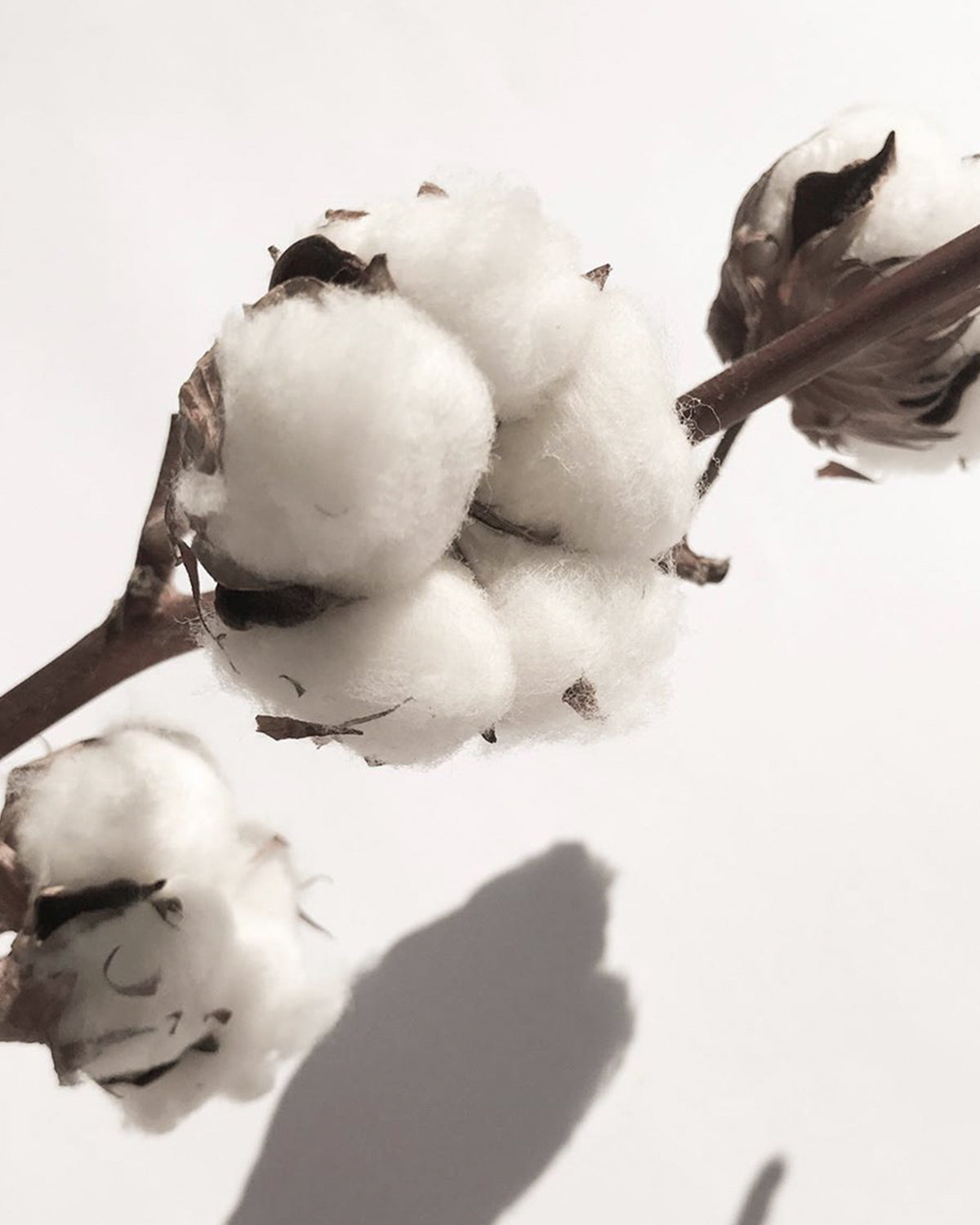Have you ever wanted to know more about the fabrics we use at Mila.Vert? There's a bunch of them, that's why we created an overview of our fabric choices below.
Organic cotton
The majority of our clothing is made from certified organic cotton fabric, which we buy from GOTS-certified fabric agents, resellers and yarn producers. Either in the form of knitwear made from organic cotton yarn or in other organic cotton garments, this is one of our trusted classics we keep reaching for time and time again.
What certified organic cotton means is that:
- fabrics are made from 100% organic fibers,
- no toxic products and materials were used in the making of the fabrics,
- all workers in the production chain were given a fair wage,
- the fabrics were made under high water and energy efficience standards.
One of the best things about being a sustainable fashion brand is working with the fabric producers. Not only do they make beautiful fabrics - the stories behind them are often truly inspiring.
Some of the organic cotton we use comes from Cotonea, one of the fabric manufacturers we work with. Cotonea is a partner of two farmer cooperatives, one in Kyrgyzstan and the other in Uganda. Today, 10.000 people in Uganda live off organic cotton growth for Cotonea according to their website, but it was not long ago that Uganda’s future didn’t seem bright at all. In 2006, Ugandan people were victims of a civil war, but after the war had ended other problems resurfaced. One of them was the low know-how on farming and agricultural practice of the Ugandan people. To start the production of organic cotton, Cotonea educated local farmers in organic farming and good agricultural practices, giving Ugandans the opportunity to take advantage of their natural resources and build their future.
Sustainable and certified organic materials are only one part of our story. Read more about our local ethical production here.









Hinterlassen Sie einen Kommentar